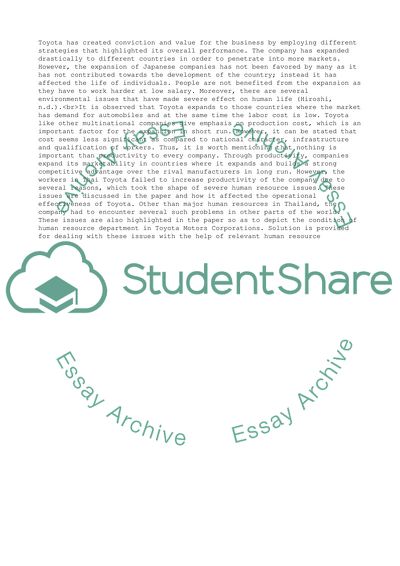Cite this document
(HRM Theory Essay Example | Topics and Well Written Essays - 4500 words, n.d.)
HRM Theory Essay Example | Topics and Well Written Essays - 4500 words. https://studentshare.org/human-resources/1842364-hrm-theory
HRM Theory Essay Example | Topics and Well Written Essays - 4500 words. https://studentshare.org/human-resources/1842364-hrm-theory
(HRM Theory Essay Example | Topics and Well Written Essays - 4500 Words)
HRM Theory Essay Example | Topics and Well Written Essays - 4500 Words. https://studentshare.org/human-resources/1842364-hrm-theory.
HRM Theory Essay Example | Topics and Well Written Essays - 4500 Words. https://studentshare.org/human-resources/1842364-hrm-theory.
“HRM Theory Essay Example | Topics and Well Written Essays - 4500 Words”. https://studentshare.org/human-resources/1842364-hrm-theory.


